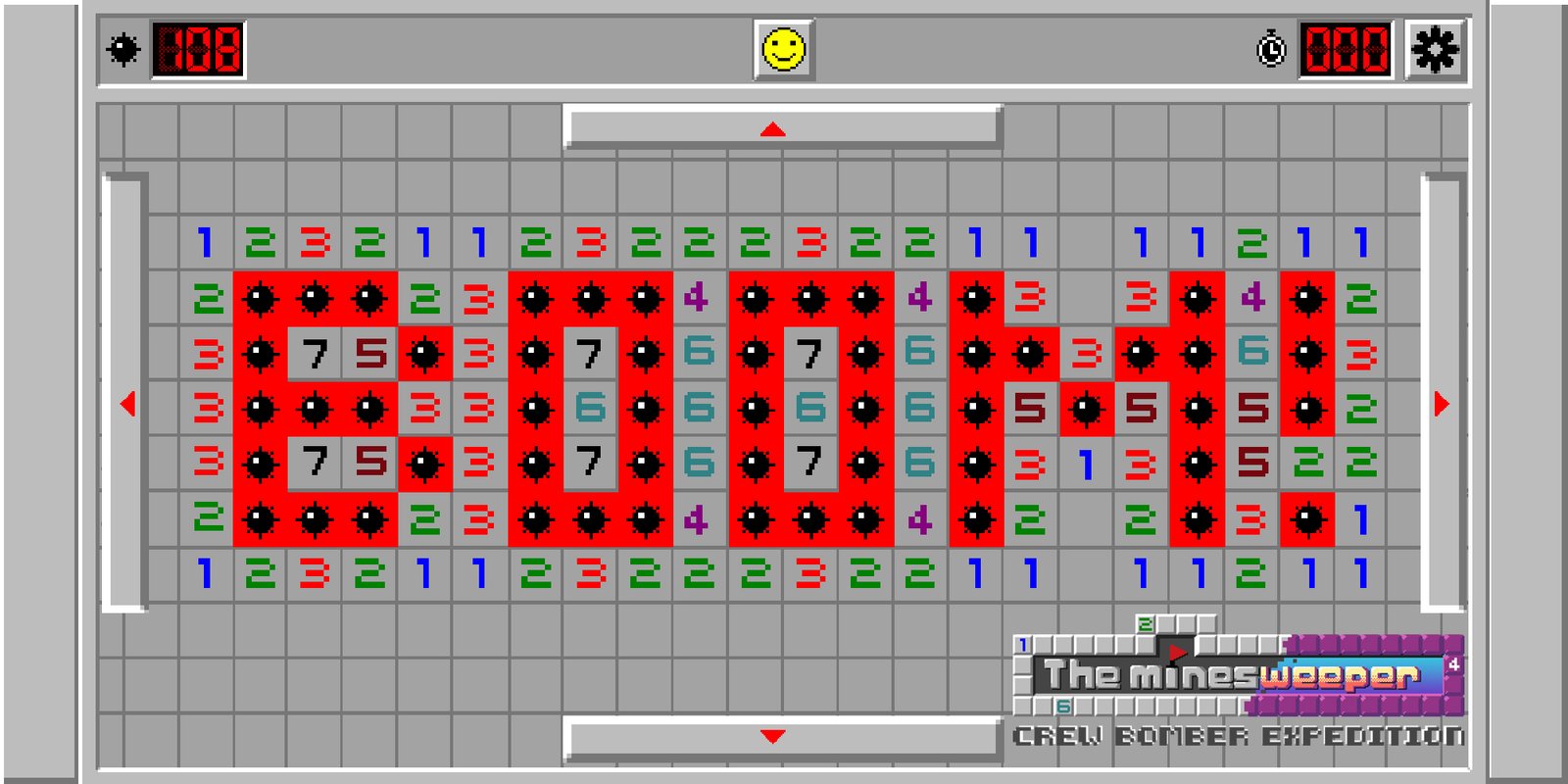Game
Unraveling the Timeless Charm of Minesweeper

Minesweeper, a game that has seamlessly woven itself into the fabric of digital gaming history, stands as a testament to the enduring allure of simple yet captivating gameplay. Originating in the 1960s and gaining widespread popularity with its inclusion in Microsoft Windows in the early 1990s, Minesweeper is more than just a game; it’s a cultural icon that has challenged and entertained generations.
The Basics of Gameplay
At its core, Minesweeper is a single-player puzzle game that requires both logic and a bit of luck. The game presents players with a grid of squares, some of which hide mines beneath them. The objective is clear: clear the board without detonating any mines. When a player clicks on a square without a mine, a number appears, indicating how many mines are hidden in the adjacent squares. This clue helps players deduce the locations of the mines. If a player clicks on a square hiding a mine, the game is over.
Strategic Approaches and Techniques
Seasoned Minesweeper players often develop and follow specific strategies to improve their odds of success. One common approach is the “corner start” strategy, where players begin by clicking on the corners of the grid, as these areas statistically have a lower risk of containing a mine. Another technique involves using the numbers revealed by cleared squares to logically deduce the positions of the mines around them. This methodical approach reduces the reliance on guesswork and enhances the player’s chances of clearing the board.
The Game’s Evolution and Variants
Over the years, Minesweeper has evolved from its basic form into various versions and clones, each adding its own twist to the classic gameplay. Variants like Hexcell and Minesweeper 3D offer different grid shapes and layouts, challenging players to adapt their strategies to new dimensions. Despite these variations, the core principles of Minesweeper remain intact, ensuring that the game retains its original charm while offering fresh challenges.
Cognitive Benefits and Educational Value
Minesweeper is more than just a way to pass time; it’s a brain-boosting puzzle that can enhance cognitive skills. Playing Minesweeper regularly can improve attention to detail, logical reasoning, and problem-solving abilities. Furthermore, it can be used as an educational tool to teach basic concepts of probability and deduction, making it a valuable resource in both recreational and educational settings.
Minesweeper in Modern Culture
The influence of Minesweeper extends beyond the realm of gaming. It has become a cultural reference point, often mentioned in movies, TV shows, and literature as a symbol of procrastination, nostalgia, or the digital age’s simpler times. Its iconic status is a testament to its widespread appeal and the impact it has had on generations of players.
Conclusion: The Enduring Legacy of Minesweeper
Minesweeper’s enduring popularity lies in its simplicity, intellectual challenge, and the nostalgic value it holds for many. Its legacy is a reminder of a time when games didn’t require flashy graphics or complex narratives to captivate players. As technology advances and gaming trends come and go, the timeless charm of Minesweeper continues to hold a special place in the hearts of players around the world, proving that sometimes, the simplest games are the most enduring.
Frequently Asked Questions about Minesweeper
1. What is Minesweeper?
Minesweeper is a single-player puzzle game that involves clearing a rectangular grid of squares without detonating any hidden mines. The game provides hints in the form of numbers that indicate how many mines are adjacent to each square, aiding players in deducing safe squares.
2. How do you play Minesweeper?
To play Minesweeper, you left-click on squares to reveal what is underneath. If you reveal a mine, the game is over. If you reveal a number, it indicates how many mines are in the surrounding eight squares. The goal is to clear all the squares that do not contain mines. You can right-click to place flags on squares you suspect contain mines to help you keep track.
3. What do the numbers in Minesweeper mean?
In Minesweeper, each number displayed on a revealed square represents the total number of mines present in the eight squares that immediately surround it. This information is crucial for deducing which neighboring squares are safe to click on next.



















